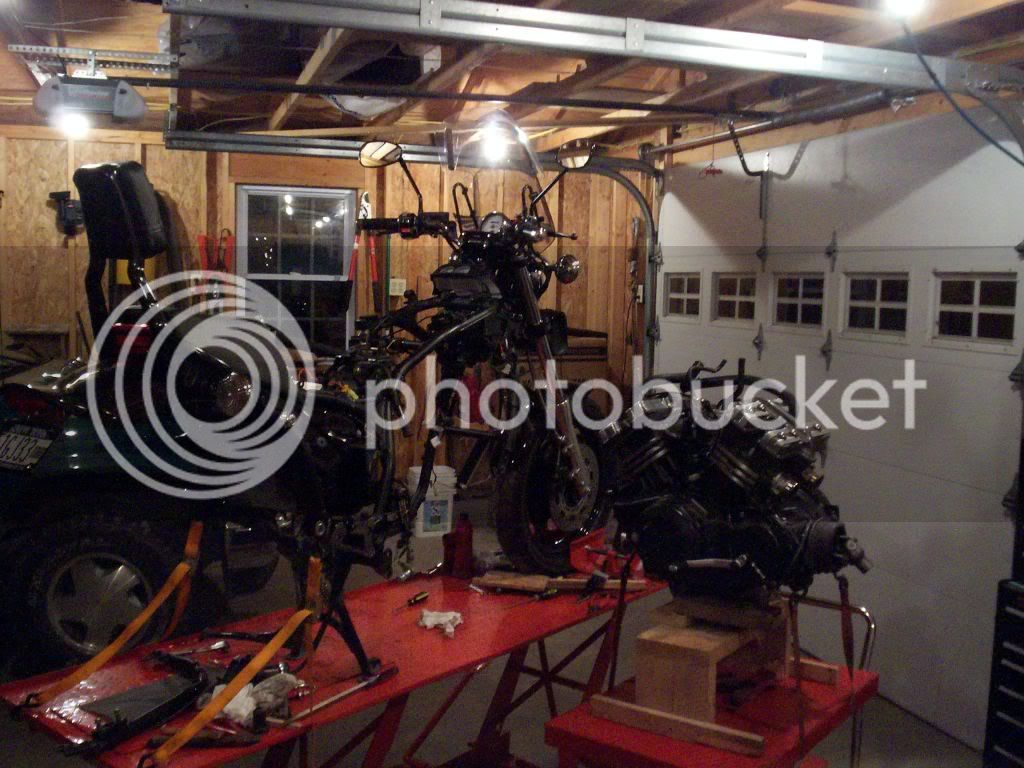staledonut
Well-known member
I've performed the second valve clearance check on my 05 with 54kmi on the clock. Six valves have tightened (5 exhaust & 1 intake) since the first check at 28k which required no adjustment. Two exhaust valves are now at the bottom end of spec (.18mm) and one intake (.15mm) so two intakes are now at the bottom. All other valves are in the ~middle of the range.
Claim victory and button it up (already have new O-rings for the cooling system plumbing), or adjust the valves at the bottom end to the upper/middle range so all are near even?
As it's a PITA getting to the business site and have it open, I'm contemplating adjustment of the four and then extending the next clearance check as the clearance pattern seems predictable and will have range within the spec. On the flip side it would be nice to not to screw with pulling cams and sourcing shims but would not feel comfortable pushing my luck with extending the next check.
Claim victory and button it up (already have new O-rings for the cooling system plumbing), or adjust the valves at the bottom end to the upper/middle range so all are near even?
As it's a PITA getting to the business site and have it open, I'm contemplating adjustment of the four and then extending the next clearance check as the clearance pattern seems predictable and will have range within the spec. On the flip side it would be nice to not to screw with pulling cams and sourcing shims but would not feel comfortable pushing my luck with extending the next check.
































































